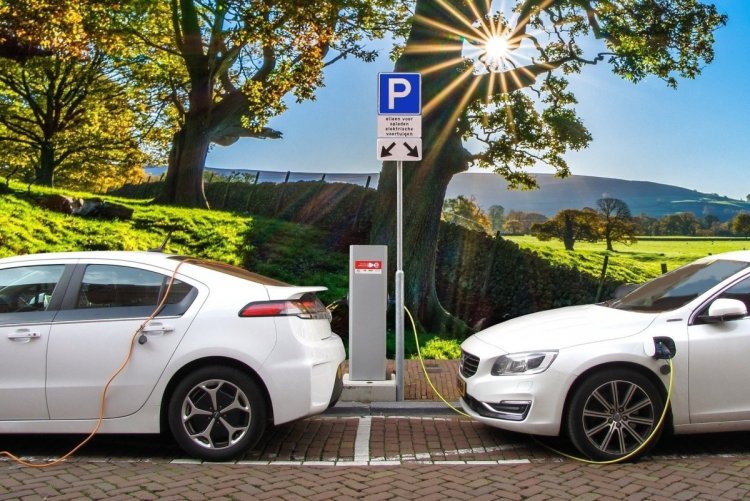The EV revolution
STORIES, ANALYSES, EXPERT VIEWS

The year 2020 saw an EV (Electric Vehicle) revolution in India. From just 4,000 units a month in June 2021, the monthly run rate reached 80,000 units towards the end of 2022, a 20x growth. From less than 1% penetration in 2021 to almost 6% in just a year, the EV revolution in India has not been restricted to only the urban centres but is proving to be a pan-India phenomenon.
The customer preference for EVs across tier 1, 2, 3 cities, in the view of Bhavesh Aggarwal (cofounder and CEO of Ola Cabs and Ola Electric) “has shown that the market in India always existed, and is ready to embrace EVs – the new, superior technology. This is only the beginning, and a much bigger opportunity lies ahead.”
In India, more than 99% of (mobility) products sold are priced between Rs 1,00,000 and Rs 50,00,000. This price point encompasses product segments from two wheelers including scooters, motorbikes, and small, midsize sport utility vehicles and cars. Traditionally in the ICE era, the Japanese dominated this segment. Today, writes Aggarwal “it is India’s destiny and opportunity to build world-class products in these segments and become a global leader. “Our strengths as one of the largest and fastest growing domestic markets, entrepreneurial and innovative companies, strong government and policy momentum, and world-class talent and capital access will enable a strong play.”
To achieve this ambition, India needs to have a clear vision and operate with speed and without falling for fear and uncertainty driven by vested interests.
Building world-class aspirational products: The vision, writes Aggarwal, will include building world-class aspirational products. “The $100 billion Indian auto market will rapidly transform into EVs as companies embrace the disruption being caused by electric and connected technologies, modern design aesthetic and reimagine auto products for a new aspirational consumer.”
R&D and core technology: Lithium cell is the centrepiece of the EV era. “There is a lot of innovation to be done to improve the performance, safety and cost of cells,” writes Aggarwal. “Improving the energy density and fast charging speeds of lithium cells, bringing sodium ion cells into real world usage from the lab, accelerating the solid-state cell roadmap, making cells work better in our hot climate, are some of the areas we can lead the world by investing into our own core R&D.”
Local supply chains: India, says Aggarwal also “needs to build local supply chains for new materials and components. We can just be final assemblers of the products! This includes motors, rare earth magnets, power electronics, semiconductors, lithium processing, and electrode production. We can leverage India’s software, chemical and pharma industries, as well as our growing electronics manufacturing base, to invest in these areas.
















